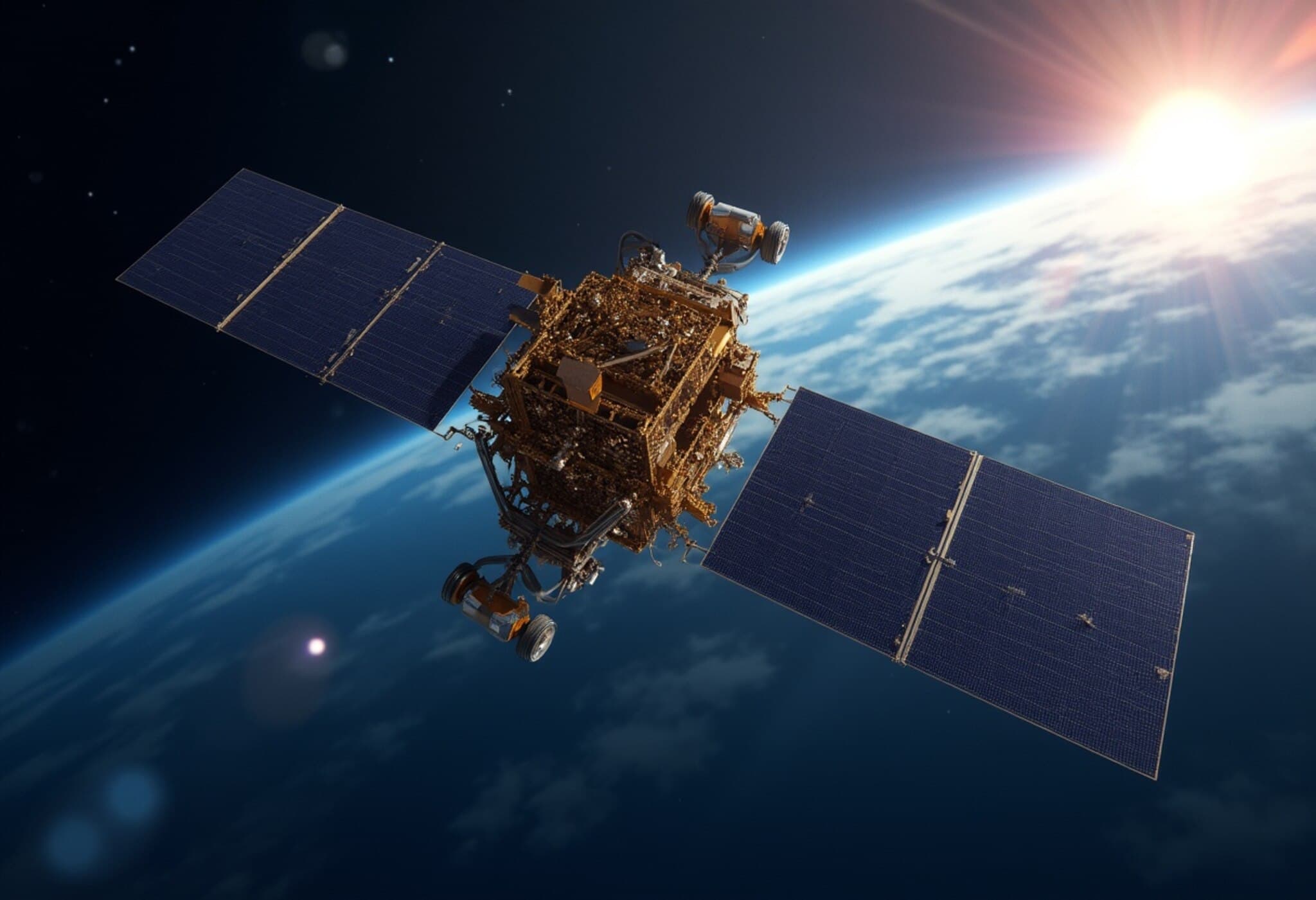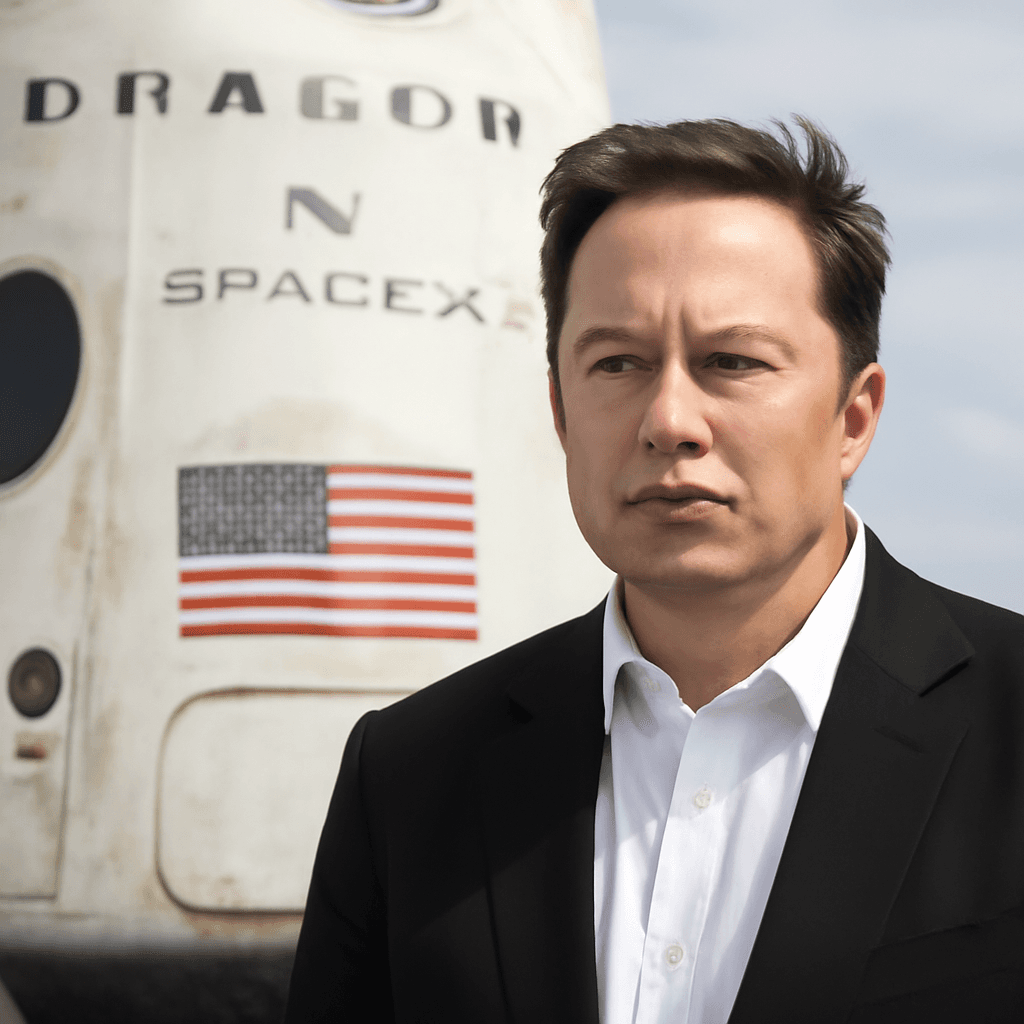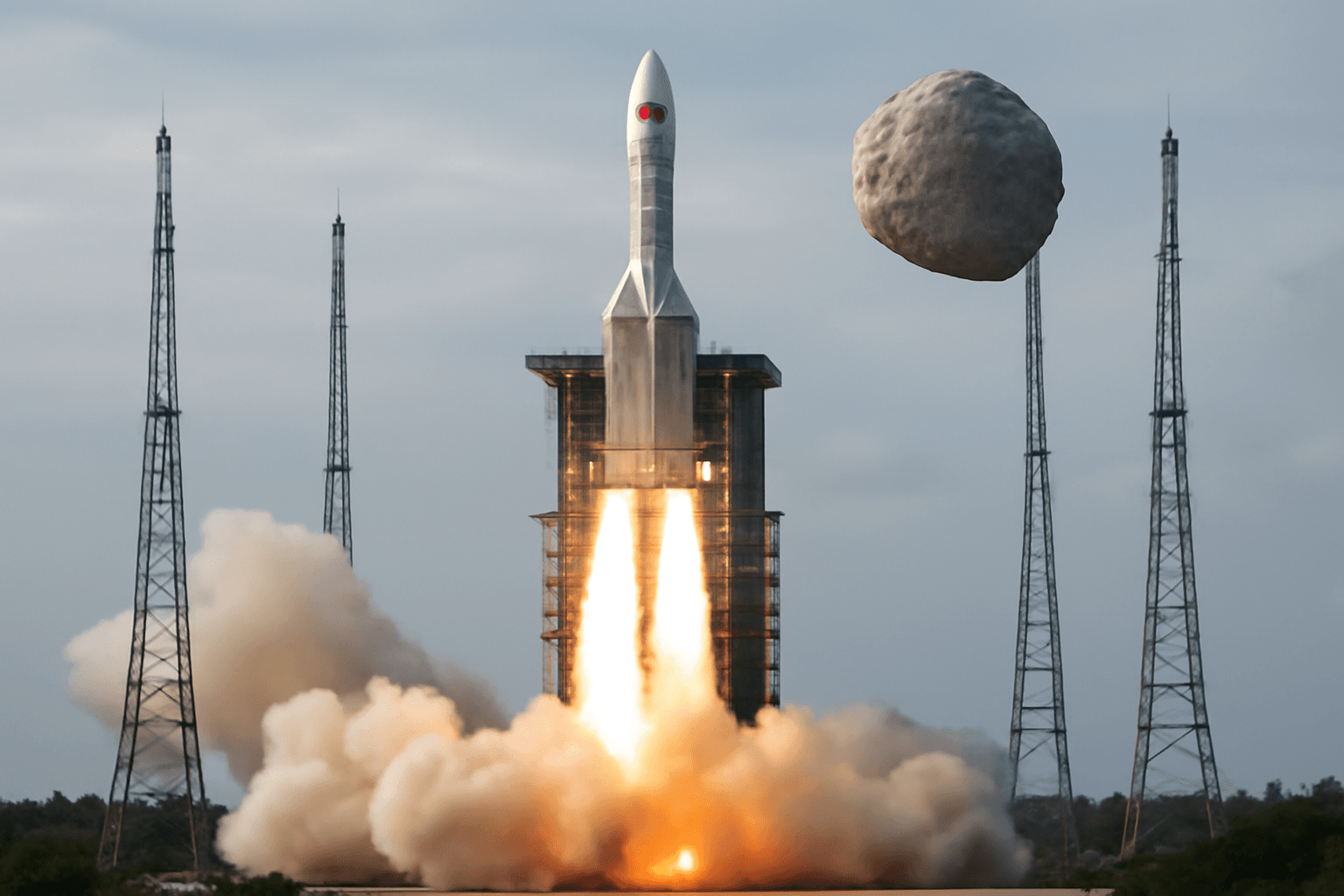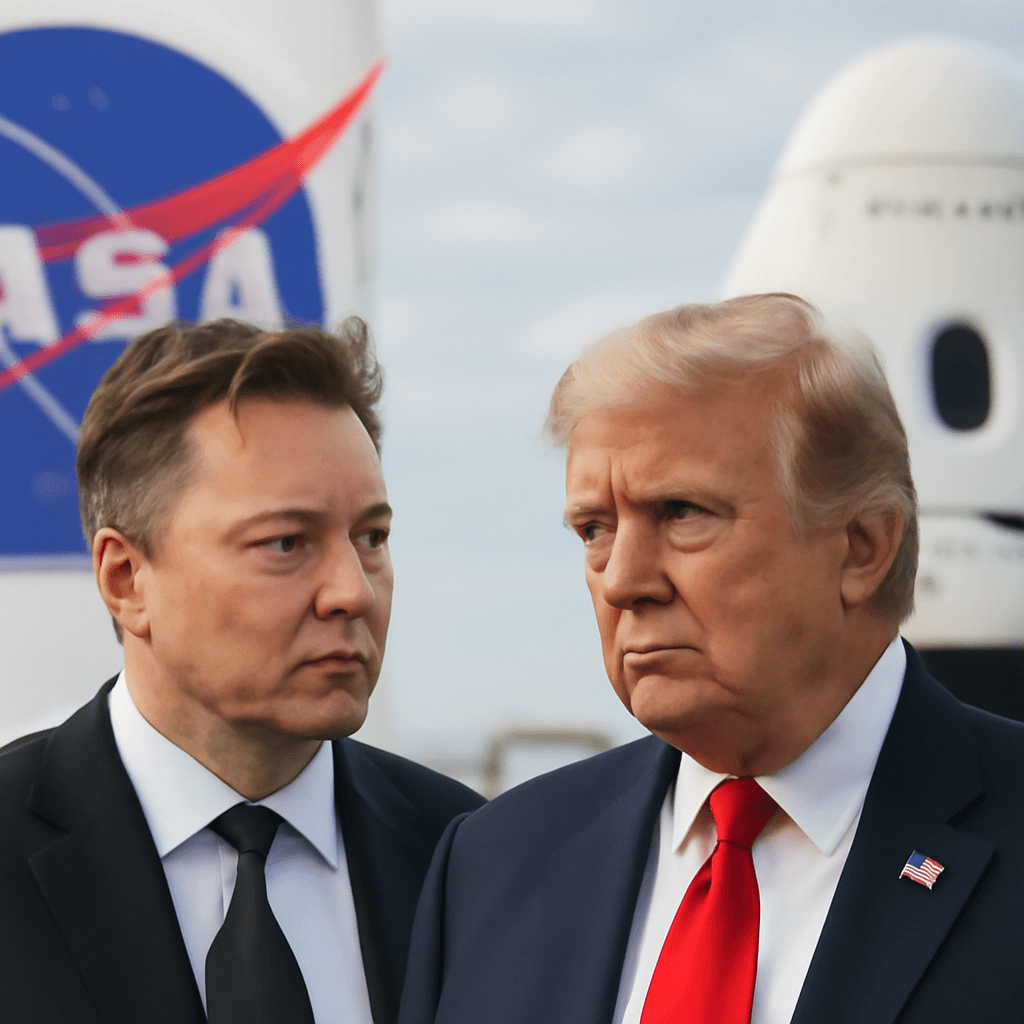NASA Pushes Forward Ambitious Lunar Nuclear Reactor Project
In a bold move to secure the United States' foothold in lunar exploration, NASA's acting administrator, Sean Duffy, has issued a directive to fast-track development of a nuclear power reactor for deployment on the moon. This initiative aims to establish a sustainable energy source to support extended human and robotic activity on the lunar surface — a critical step toward building a future lunar economy and eventually facilitating manned missions to Mars.
Geopolitical Race Beyond Earth: China and Russia in the Spotlight
Duffy’s directive, released in early August 2025, highlights growing international competition in space. China and Russia plan to deploy their own nuclear reactor on the moon by the mid-2030s as part of a bilateral effort to construct a lunar base. “Should they succeed first, they could establish exclusion zones that might restrict U.S. operations on the lunar surface,” Duffy warned, underscoring the urgency behind America's accelerated timeline.
Technical Specifications and Timelines
The directive mandates that NASA appoint a dedicated official within 30 days to oversee the lunar nuclear project and issue a commercial request for proposals within 60 days. The reactor is expected to produce at least 100 kilowatts of electrical power — roughly equivalent to the energy consumption of 80 average American homes — and to be mission-ready by late 2029.
This power level represents a significant leap from earlier NASA-funded designs, which in 2022 targeted smaller reactors generating 40 kilowatts and weighing under six metric tons.
Overcoming Lunar Environmental Challenges
The moon’s extreme day-night cycle — lasting approximately 28 Earth days, with two weeks of relentless sunlight followed by two weeks of darkness — presents formidable challenges for relying solely on solar power. Many lunar missions focus on the south polar region due to its near-constant sunlight and permanently shadowed craters rich in water ice but low sunlight angles. Sustained power during the prolonged lunar night is essential for supporting habitats, scientific instruments, and life support systems.
NASA’s Strategic Pivot to Nuclear and Commercial Spaceflight
This push to deploy nuclear reactors dovetails with broader NASA policy changes under the current administration, which emphasizes rapid human spaceflight development while proposing deep budget cuts to robotic probes, climate research, and aviation advancements. The directive also aligns with NASA's shift toward leveraging commercial launch vehicles and spacecraft, such as SpaceX’s Starship lunar lander, in lieu of the agency's own Space Launch System (SLS) and Orion crew capsule program.
However, many experts remain skeptical about the ambitious 2027 timeline for the Artemis program's next moon landing, citing the need for further testing and validation of key technologies.
Beyond the Moon: Nuclear Power as a Stepping Stone to Mars
Nuclear reactors hold promising potential for providing long-lasting, reliable power for future Mars missions, which will require robust energy sources to support habitats, scientific experiments, and life support over extended periods.
Commercial Space Stations: NASA’s Next Frontier
Alongside lunar ambitions, NASA is accelerating efforts to commercialize low Earth orbit by fostering private space stations to succeed the International Space Station after its planned retirement in 2030. New directives aim to expedite contract awards and introduce greater flexibility for commercial partners, signaling a strategic pivot toward privatizing more aspects of space infrastructure.
Expert Perspective: Navigating the New Space Race
From a policy standpoint, this lunar nuclear initiative signals Washington’s recognition of space as the next critical frontier in national security and economic competition. The U.S. must balance technological innovation, international diplomacy, and commercial industry engagement to maintain strategic leadership. Furthermore, as nuclear energy deployment beyond Earth looms, transparency and regulatory frameworks will be crucial to mitigate environmental risks and geopolitical tensions.
Looking Ahead
- Can NASA meet the aggressive 2029 deadline for lunar nuclear power? Technological hurdles and commercial readiness will be decisive factors.
- How will international norms evolve? Will treaties or agreements prevent militarization and restrictive zones on the moon?
- What role will commercial players assume? Early involvement in reactor design and infrastructure could reshape space industry dynamics.
Editor’s Note
The plan to place a nuclear reactor on the moon by the end of this decade marks a dramatic turning point not just technologically but geopolitically. It reframes the lunar surface as both a laboratory and a potential zone of strategic influence. As NASA pushes forward, questions about sustainable space policy, international cooperation, and the ethical dimensions of nuclear deployment beyond Earth deserve close public and expert attention. Ultimately, this project could set the stage for humanity’s broader off-world ambitions, from deep space exploration to permanent extraterrestrial settlements.



















